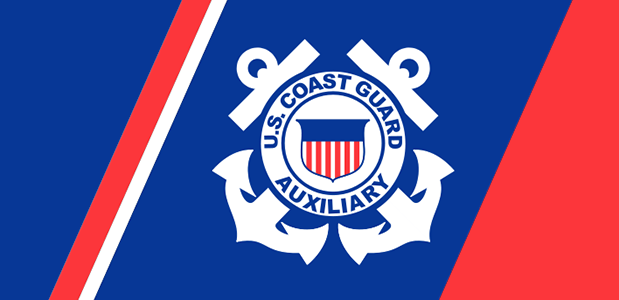— from the Citizens of Ebey’s Reserve (COER), Whidbey Island —
The Prowlers are retiring from NASWI, but the Growlers can’t preform in the same flight paths at the OLF in Coupeville.
Members of Citizens of Ebey’s Reserve (COER) have discovered that the Navy has changed it’s plan about using both paths at the Outlying Field (OLF) just south of Coupeville. The 1940s landing strip, at just over 5,000 ft. long, does not meet Navy standards for Growlers and only operates because of a Navy waiver. That has created a problem for Growler flight carrier landing practice (FCLP) at OLF Coupeville. Given the location of the field, the lift of the aircraft, and adjacent tree height, path 14 is apparently too dangerous for Growler pilots and civilians at the takeoff end of path 14.
According to Captain Nortier, base commander at NASWI: … “the EA 6B and A-6 could operate within accepted parameters and use runway 14 when meteorological conditions favored this runway. The EA-18G has a slightly different required flight profile in the FCLP pattern due to differences in weight and flight characteristics. As a result, the EA-18G cannot safely operate within the confines of the daytime runway 14 parameters currently in place. Until the EIS study is complete, runway 14 is rarely used for FCLPs.”
The Navy’s 2005 EA, however, assumed that FCLP operations at the OLF would be evenly split between two flight paths: 32 (roughly heading north) and 14 (roughly headed south). The now nearly exclusive use of path 32 doubles the over-flights for residents under that path. The resulting noise impacts doubles the noise impacts projected in the Navy’s 2005 EA and greatly magnifies the projected noise contours.
According to David Mann, attorney for COER, the FCLPs on path 32 arrive “directly over, and at well under 1000 feet, over more than1000 homes, including the Admirals Cove neighborhood.” And Dr. Dahlgren, health expert for COER, finds this concerning due to a wide variety of documented noise-inducted health impacts.
Adding to the OLF path problem, Mike Welding, T CIV NAS Whidbey Island, N01P, has explained, that FCLP operations must “simulate as closely as possible, the approach and landing on an aircraft carrier,” which means they must practice landing into the wind. Welding admits, “At OLF, if the winds are out of the south, the best approach is from the north [that is path 14].” At the OLF winds are predominantly out of the south 7-8 months out of the year, which would require use of path 14, were it usable. The upshot is that the functional value of the OLF is severely limited by wind on path 32 and by the “unacceptable parameters” on path 14.
Maryon Attwood from COER added, “Having only one directional choice makes for an unsafe condition for new pilots. We have witnessed them do touch-and-goes with the wind behind them, increasing speed and safety challenges. This is another reason why the Navy should use a modern alternative airfield that allows pilots to fly into the wind instead of a waivered World War II airstrip that now has only one option for touch-and-goes. If this was my son or daughter training, I would want them to have all of the modern options available to them, not less.”
Rather then honestly and directly address these serious problems, the Navy has preferred to avoid and misdirect the dialog on the OLF and Growler noise impacts on Coupeville civilians. So, that burden has been carried by COER. As Board member Tom Ewell, concluded, “COER has spent thousands of dollars in court and thousands of hours protecting people in the region and now encourages Island County Commissioners and Island County’s Board of Health members to take the harm being done to local citizens seriously.”
For more information about Citizens of Ebey’s Reserve, refer to their website at https://citizensofebeysreserve.com.
Our mailing address is:
Citizens of the Ebey’s Reserve
P.O. Box 202
Coupeville, WA 98239
Citizens of the Ebey’s Reserve · P.O. Box 202 · Coupeville, WA 98239 · USA
**If you are reading theOrcasonian for free, thank your fellow islanders. If you would like to support theOrcasonian CLICK HERE to set your modestly-priced, voluntary subscription. Otherwise, no worries; we’re happy to share with you.**








Thank you COER for all your work on the behalf of people under the flight paths and the rest of the creature that must deal with Navy air antics. From Lopez Island – cheers.
COER has been trying to close OLF and, now, the entire base. There are no “permanent health impacts” although the noise can be annoying at times (have lived neared the flight path for 10 years).
Lopez Island should be VERY wary of COER – at the end of the day, COER may force more flights to Ault Field which will increase the noise profile for Lopez.